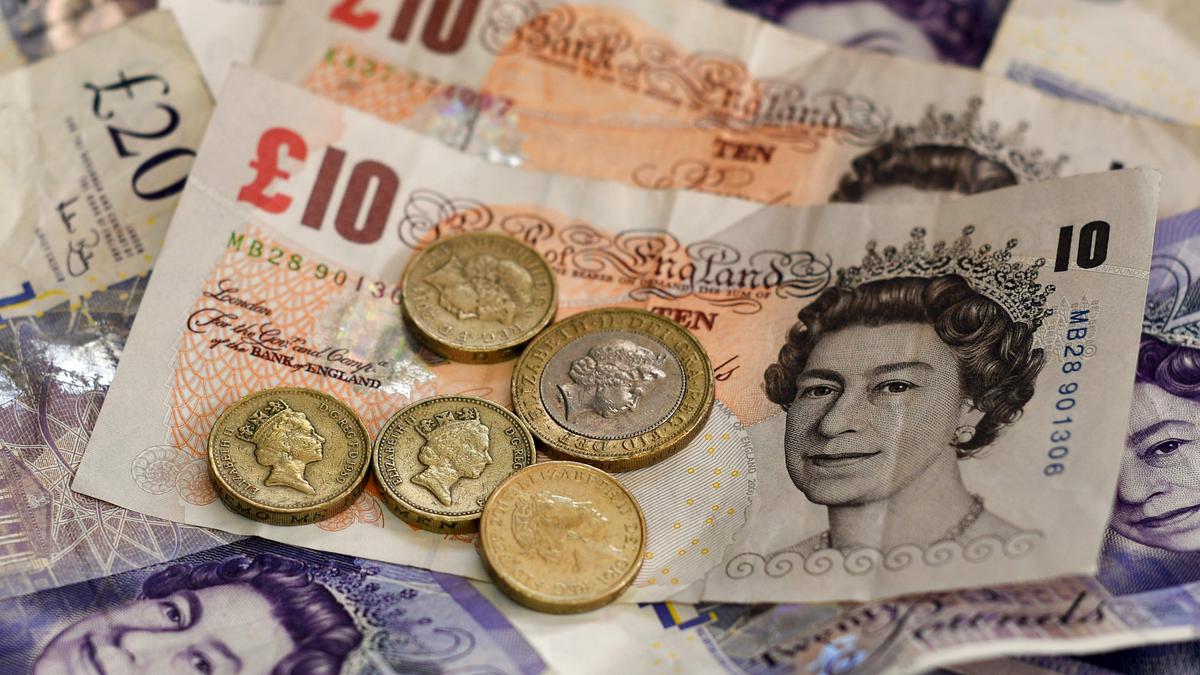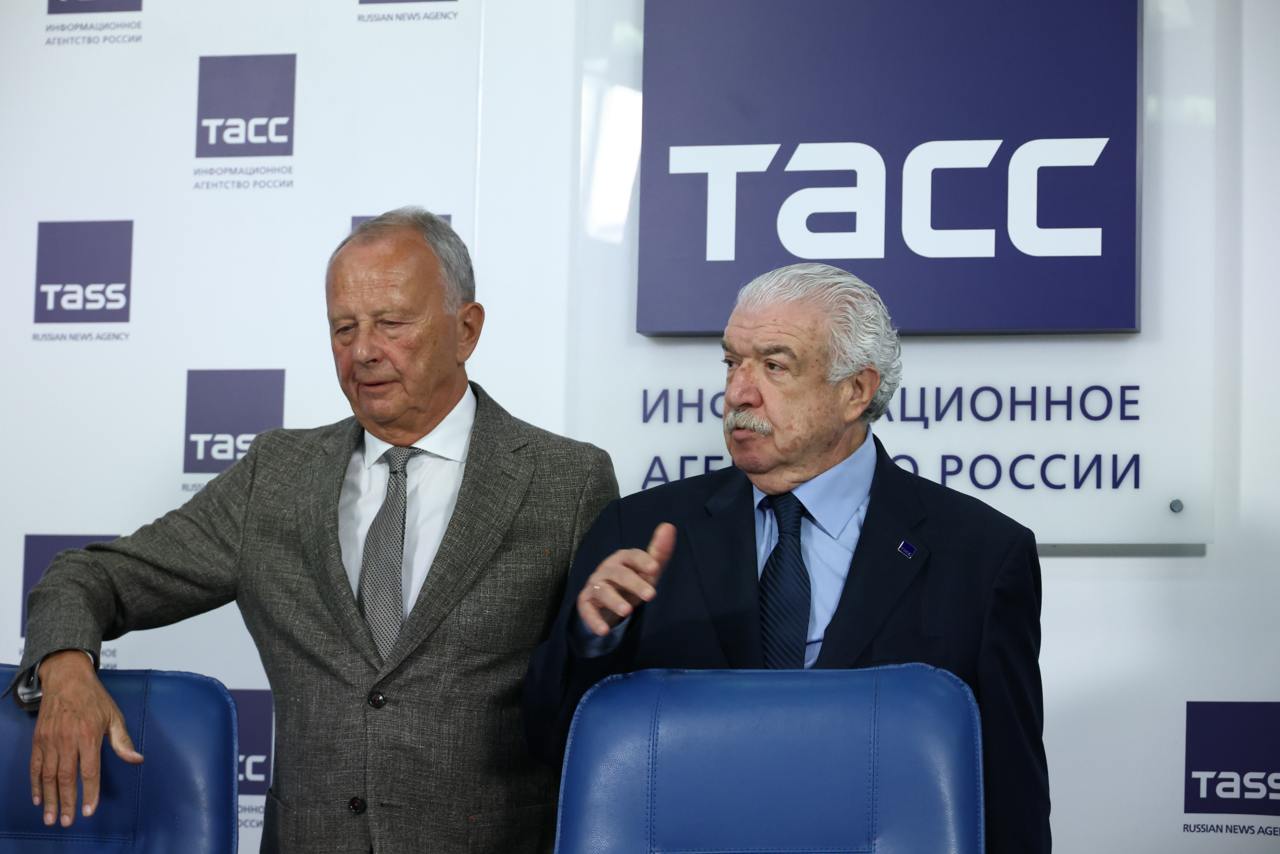
Tipping factors: U.S.’s rivalry with China, Ukraine warfare gasoline speak of shifting away from the greenback.
| Photo Credit: AFP
Once damage by crises and deflation, the euro is gaining recognition amongst central financial institution reserve managers on a return to optimistic charges and geopolitics difficult greenback’s attraction.
About one in 5 of the 75 central banks surveyed by the London-based OMFIF think-tank anticipate rising euro holdings over the following two years, its recently-published 2023 report confirmed.
While 7% regarded to chop euro holdings, web demand was greater than for another foreign money through the interval and a soar from the 2021 and 2022 surveys of reserve managers controlling nearly $5 trillion.
Shifts can take years to play out. The greenback, which makes up 60% of world reserves versus the euro’s 20%, won’t lose its crown in a single day.
Notable modifications
Yet, a extra optimistic euro outlook speaks to notable modifications happening.
For starters, the European Central Bank’s exit from adverse rates of interest in 2022 drove euro space authorities bond yields greater after nearly a decade beneath 0%, and they need to stay elevated whilst price cuts close to.
Germany’s 10-year Bund yield has stayed above 1.9% since late 2022.
“Now the euro is positive yielding, (reserve managers) are looking to increase their currency allocation to the euro and specifically away from the dollar,” stated Taylor Pearce, OMFIF senior economist.
“For some central banks, because the euro wasn’t yielding anything, they had held a higher share of dollars and especially dollar-denominated government bonds.”
Poland’s central financial institution, whose reserves are dominated by greenback and euro-denominated property, informed Reuters whereas it didn’t touch upon modifications to reserves, “medium-term expected returns for euro area government bonds have improved considerably, which certainly increases the appeal of the asset class”. Romania stated it deliberate to take care of the goal weight of euros in its reserves at 40-75%; the present share is round 59%.
Reuters contacted 10 central banks in Europe, Africa and Asia; two declined to element intentions and 6 didn’t reply.
De-dollarisation
While an power shock and warfare in Europe has damage the euro, the U.S’ rivalry with China and fallout from Russia’s warfare in Ukraine fuelled the speak of diversification away from the greenback.
The United States, Europe and others froze round $300 billion of Russian property after it invaded Ukraine, prompting analysts in China to guage the way it may mitigate dropping entry to {dollars}.
Several currencies, together with the euro, may benefit from de-dollarisation.
OMFIF’s survey confirmed a web 13% of reserve managers plan to carry extra Chinese yuan over the following two years, although down from over 30% in 2022.
“Europe has not really followed U.S. foreign policies against China or on the Middle East,” stated Eurizon SLJ Capital CEO Stephen Jen. “A shift in balance in allocations away from dollars toward euros makes a lot of sense.”
The greenback’s share of complete overseas alternate reserves slid to 59% in 2023 from about 72% in 2000, IMF knowledge reveals. The yuan’s share has inched up. While nonetheless dwarfed by the $26.5 trillion U.S. Treasury market, ‘safe’ European property have been boosted by surging bond gross sales to fund spending and joint EU bond issuance of as much as €800 billion for the post-Covid restoration.
Foreign curiosity is rising too. Belgium noticed demand from non-European buyers for a 10-year bond offered through a syndicate of banks in January, double in contrast with the same bond sale a 12 months in the past. Its debt company head Maric Post stated most overseas buyers have been from Asia and the rise in curiosity from public establishments got here from central banks globally.
Source: www.thehindu.com




